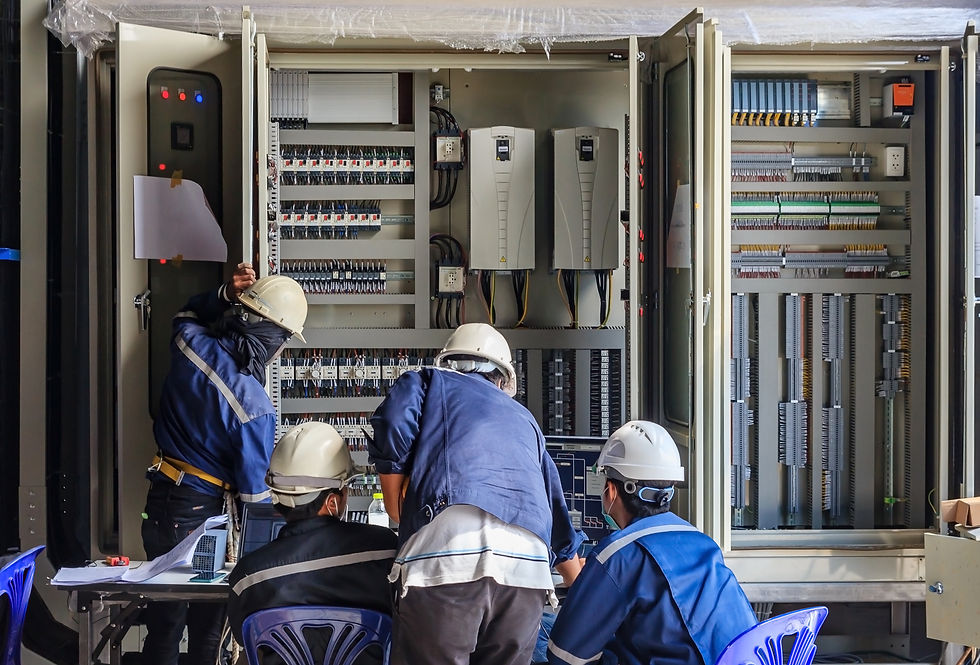Electrical Installations: Navigating Environmental Directives
- Commercial Electricians

- Sep 29, 2023
- 1 min read
Updated: Feb 20, 2024

Enhancing Electrical Installation Sustainability
Efforts to boost electrical installation sustainability can be significantly advanced through thoughtful design. An optimized installation design, taking into account operational factors and the placement of MV/LV substations and distribution components, can substantially reduce environmental impacts, particularly in terms of energy efficiency.
Environmental specifications for electrical components are crucial for eco-friendly installations. European Directives have set global standards for safer, more environmentally responsible products:
RoHS Directive: Implemented since 2006 (revised in 2012), it eliminates hazardous substances in electrical products. While installations aren't directly covered, compliance is recommended.
WEEE Directive: In force since 2005 (under revision), it improves end-of-life treatment. Installations aren't within scope, but providing End-of-Life Product information is wise.
Energy-Related Products: Some equipment categories have mandatory measures, but no legal requirements apply to installations. The trend is to provide environmental product declarations.
REACh: Since 2007, it controls chemical use. Installers should ensure their suppliers disclose hazardous substances content.
Similar legislation is emerging globally to promote sustainability.



Comments